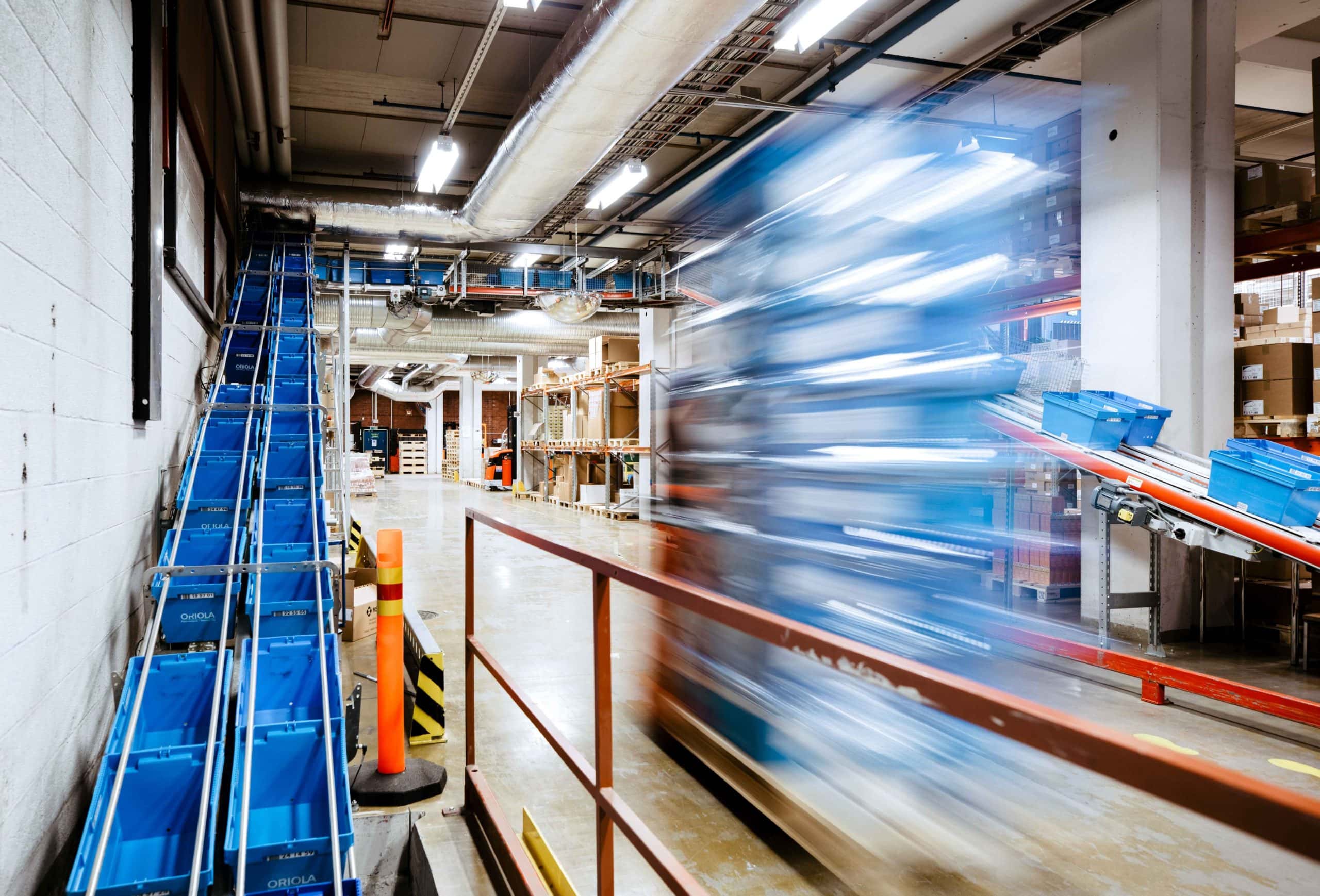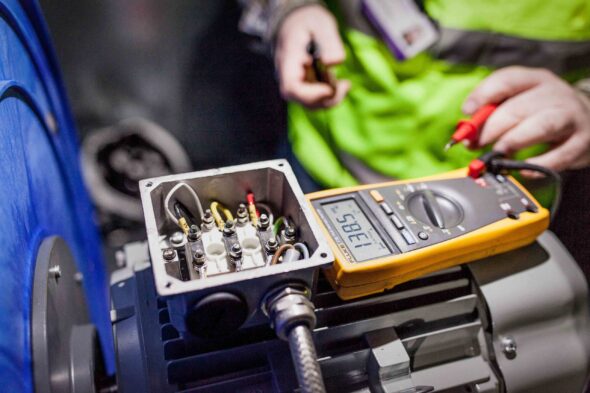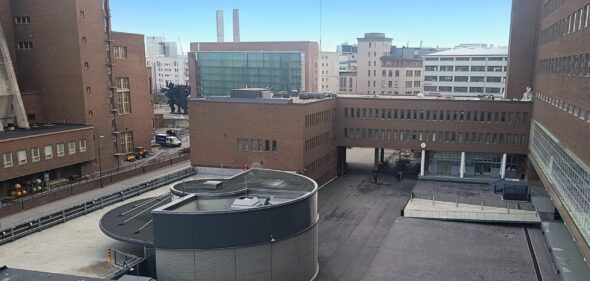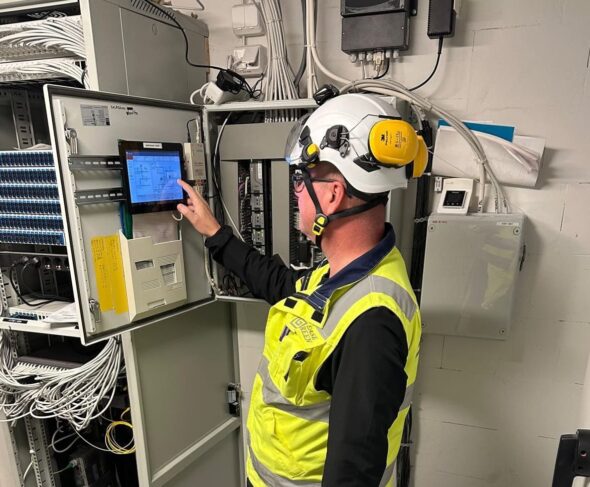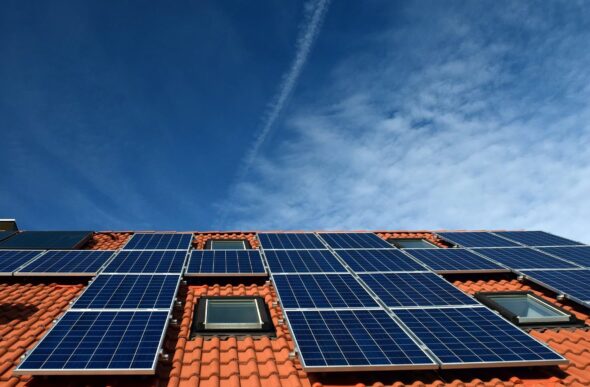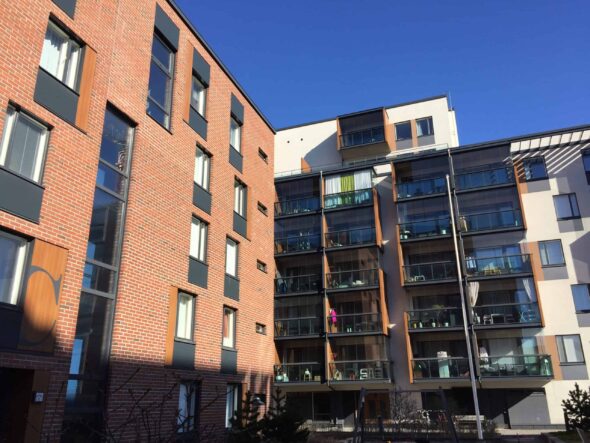Improving the energy efficiency of industrial buildings is the fastest and most effective way to simultaneously curb climate emissions and energy costs, and thus gain a competitive advantage over other companies in the sector. The scale is large, as companies can simultaneously cut their climate emissions and energy costs by double-digit percentages through energy projects.
Few industrial companies have spare cash lying around, so energy projects need to be as cost-effective as possible. This is also a realistically achievable goal, when energy efficiency measures are correctly selected and sized.
In this article, we review the key drivers, means and benefits of energy efficiency measures.
More than €260 billion in green transition investments already planned
In Finland, up to €260 billion worth of green transition investments are underway, including the introduction of solar energy, industrial waste heat recovery and the conversion of buildings to geothermal energy.
Most of these projects are still in their infancy, but the scale gives an indication of where Finnish industry is heading. It will be up to companies to decide whether to implement energy efficiency and green transition measures now, or only later, when regulation becomes tighter as the EU and Finland meet their climate targets.
Investors look for green investments in their portfolios
Money is greening up – lenders are interested in their clients’ carbon footprint, consumers are demanding greening from businesses, and investors and funds are looking for green investments in their portfolios.
Part of the change in investing will be driven by the EU’s Sustainable Finance Taxonomy Regulation, which came into force in the early 2020s and introduced common criteria for defining responsible business in almost all sectors of society. Investors can rank companies by sector and make investment decisions on this basis. The EU Directive, which entered into force in 2018 and 2019, has already required large companies to report publicly on their ESG activities.
Finnish company Varma has announced that it will make its portfolio carbon neutral by 2035. Nordea plans to reduce emissions from its investment and credit portfolio by 40-50% by 2030 compared to 2019 levels.
Improving energy efficiency is both cost-effective and responsible
Energy saving is not a value in itself, but contributes to other goals such as cost-efficiency, responsibility and ultimately the competitiveness of the company. Energy efficiency measures are not one-off construction costs, but investments that, if properly sized, have a positive impact on the company’s cash flow and pay for themselves in lower building maintenance costs.
In the current inflationary climate, overconsumption of energy is very expensive. Energy efficiency measures are also under pressure from the price of a tonne of carbon on the Emissions Exchange. In 2023, the price of a tonne of carbon will exceed the ghost price of €100.
The rise in energy prices will contribute to shorter payback periods for energy investments and thus encourage companies to implement energy efficiency projects. At the same time, companies are also more resilient to longer payback periods to meet emissions targets. Whereas LeaseGreen’s energy projects required repayment periods of 2-3 years or less, companies are more willing to consider projects with repayment periods of 5-7 years or even longer. This also widens the options for what kind of efficiency measures can be taken in industrial enterprises.
How can industrial companies improve their energy efficiency?
There is huge potential for energy efficiency measures in industrial companies, focusing on new technologies and smarter use of energy generated in industrial production to reduce purchased energy.
Improved energy efficiency is often not the only benefit to the company, as in many production facilities energy renovation also contributes to employee well-being, especially if the measures include modernisation of ventilation and lighting, for example.
Energy efficiency measures are usually conditional on the ability to reduce costs and energy consumption while keeping industrial production running for the duration of the project. Technology is not an end in itself, but a tool to achieve a certain result, taking into account the specificities of the property and the company’s objectives. Among the wide range of measures that can be taken in industrial buildings are.
Heat pumps are one of the most energy-efficient and competitive technologies for heating buildings. Heat pumps use electricity, heat exchangers, compressors and refrigerants to produce thermal energy, which, depending on the technology, is 2-4 times the amount of electricity needed by the pumps. Energy wells drilled for geothermal heat are often also used for cooling and this increases the cost-effectiveness of the existing system.
Modernising ventilation is another important area where industrial companies can make significant energy savings. With automation, controlled ventilation can optimise air volumes according to the use and occupancy of the premises, reducing unnecessary energy consumption. More air is exchanged where there is more moisture and carbon dioxide – and less where there is empty space. This can save up to 50-70% of the electrical energy needed for fans and as much as 30-40% of the energy needed for heating and cooling. In addition, heat recovery from exhaust air or other waste heat sources allows the replacement of purchased energy with recycled heat, reducing both costs and environmental impact.
Solar PV also offers the potential to reduce energy costs and carbon footprint by using previously unproductive roof space in buildings to generate electricity.
LED lighting is a simple but impressive upgrade that reduces lighting energy consumption by up to 90%. This not only saves energy, but also improves the quality and safety of lighting in the working environment.
By combining these technologies and methods, industrial companies can achieve significant savings in energy consumption while improving their production efficiency and reducing their environmental impact.
